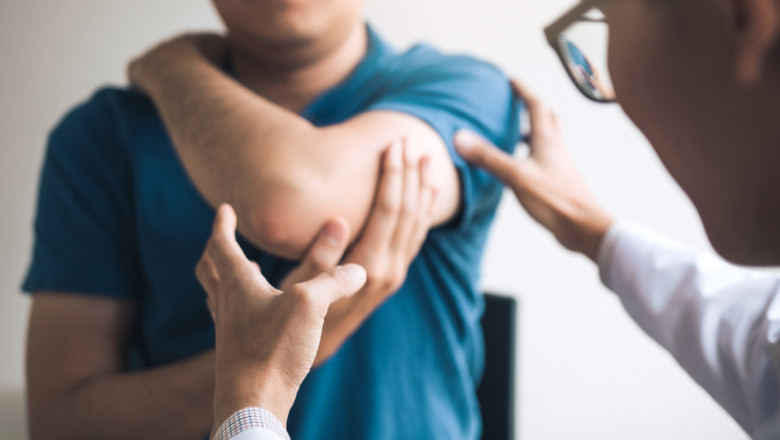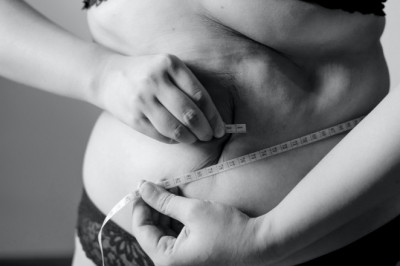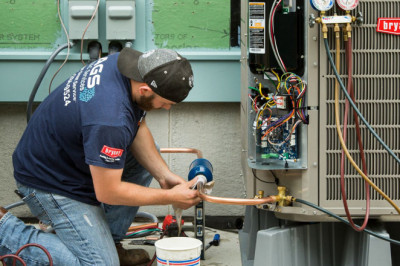views

9 Signs You Should Seek Medical Attention for Your Elbow Pain
The elbow is a complex joint involved in performing a variety of dynamic movements. However, we typically overlook how frequently we utilize our elbows, as we do with many of the most vital parts of our bodies. Up until the point at which our elbows start to hurt.
Elbow injuries are far more prevalent than you might imagine. Tennis elbow is one of the most common elbow injuries, affecting up to 3% of US citizens and 50% of tennis players. Due to the complexity of your elbow, several separate components must work together whether you're playing tennis, another sport, or going about your regular activities. As a result, there are numerous possible issues.
What are some of the most obvious signs that you should not ignore painful symptoms in your elbow? Continue reading to learn when you should see a doctor regarding your elbow pain.
-
Pain with movement
The different joints in your arm are prone to damage due to their numerous working parts. Additionally, you can occasionally knock or bang your elbows. This means that it's usual to have the occasional ache after a strenuous workout or a dull soreness from banging your elbow on a door. However, it is not typical to have elbow pain whenever you move your arm.
When and how long you should wait to consult a doctor about your elbow pain are not subject to any strict guidelines. But it's time to get help if the discomfort lasts longer than a couple of days or worsens when you engage in particular activities or movements.
Based on the particular location and type of symptoms, you could have any of a variety of elbow problems, such as tennis elbow, a stress fracture, or a condition such as arthritis. Your doctor can then begin the appropriate elbow pain treatment, which may include anything from physical therapy and ultrasounds to surgical intervention.
-
Constant pain
Pain caused by movement can be excruciating on its own. However, if your elbow hurts all the time, even while it is immobilized, there is clearly something wrong.
If your arm still hurts when you rest it, wear and tear from years of repetitive use is most likely to blame. However, some illnesses, such as arthritis, lupus, gout, and Lyme disease, can also cause pain in your elbow joints as well as other parts of your body.
You should immediately schedule an appointment with a doctor to find out what might be causing your persistent elbow pain. They will then be able to look for additional indications of illnesses and elbow injuries, giving you a clear understanding of why your elbow hurts so much and recommendations on how to stop it.
-
Pain that doesn't improve with rest and cold therapy
Elbow problems caused by sprains, strains, bursitis, and a variety of other disorders are typically treated fast with pain relievers, rest, and cold compresses. Often, your doctor may urge you to try these approaches first before trying other more invasive options.
If your elbow pain persists despite rest and ice therapy, it's clear that you'll need more involved medical attention. Based on the cause of your symptoms, this could include physical therapy, steroid shots, or even surgery.
-
A lump in your elbow
If you are in pain and can clearly see a deformity around your elbow joint, you should seek immediate care. These abnormalities include a bulge around your elbow joint, a protruding bone, or some other type of enlargement or irregularity.
This type of lump on your elbow could be caused by an elbow dislocation, a damaged bone that has not healed properly, a skin growth such as a tumor, or inflammation. Inflammation may be caused by a sports injury, sprain, arthritis, infection, tendinitis, bursitis, or by malignant growth. Despite the fact that elbow bone tumors are uncommon, the only way to rule this out is to see your doctor
You shouldn't disregard elbow symptoms of this nature. Hence, be sure to have any lumps, growths, or other similar problems examined by a professional ASAP.
-
Decreased mobility
Because of the way your elbow flexes and glides, you can perform a range of upper-body movements such as lifting, throwing, pushing, and pulling. However, if you are unable to move your elbow at all or if it is becoming stiff or constricted, you should see a doctor right away.
You may have a restricted range of motion as your elbow joint heals and recovers. Alternatively, one of the various potential chronic elbow diseases can make some arm movements problematic. In any case, consulting a specialist will help you determine the cause of your limited range of motion and the best treatment plan for your elbow pain.
-
Difficulty lifting, gripping and grasping
If you find it uncomfortable or difficult to lift and hold anything, this could be an indication that your tendons are damaged. As your elbow's internal connections deteriorate, it becomes increasingly difficult to use the muscles as before. Tennis elbow patients, for example, frequently notice a weakening grasp and find it difficult to lift even small objects such as a cup or book.
Whether you have tennis elbow or another ailment, it is vital to contact your doctor for a diagnosis. They will be able to advise you on the most effective elbow pain treatment options as well as preventative actions to reduce discomfort and future damage.
-
Severe swelling or bruising
A mild fall-related injury is usually indicated by bruising around the elbow. Although elbow contusions can cause acute pain and swelling, these elbow injuries frequently go away quickly. Resting and icing the injured area is usually enough to reduce discomfort and speed healing for minor bruises.
However, if the pain is terrible, there is extensive swelling, or there is significant bruising around your elbow joint, you should not ignore it. Similarly, if the swelling in your elbow worsens over time, this is a red flag. Because of the swelling, it may be difficult to tell what's wrong. However, your doctor will be able to tell whether you have olecranon bursitis, a fracture, a break, or another type of elbow injury.
-
Loss of sensations and tingling
You may have a loss of sensation or pins and needles in your elbow joint if you bump your ulnar nerve, often known as your "funny bone," or if you sleep in an awkward position.
If you continue to feel numb or tingly in your elbow, see your doctor and have your elbow evaluated. Physical therapy, anti-inflammatory medications, and elbow splinting are all helpful treatments for elbow pain. However, if left untreated, ulnar neuropathy can cause muscle weakness or irreparable damage to your arm.
-
Popping or cracking noises
Crepitus refers to the popping, crackling, or clicking sounds you hear when bending your knees, elbows, or other joints. These noises are usually harmless because they are nothing but the sound of air passing through the joint.
However, if you have pain along with crepitus when bending your elbow, this could indicate wear and tear or an injury. You should see your doctor to talk about your crepitus since it could get worse over time if it is uncomfortable. Physical therapy and bracing are frequently effective in reducing pain and crepitus, while surgery might be necessary in some cases.












